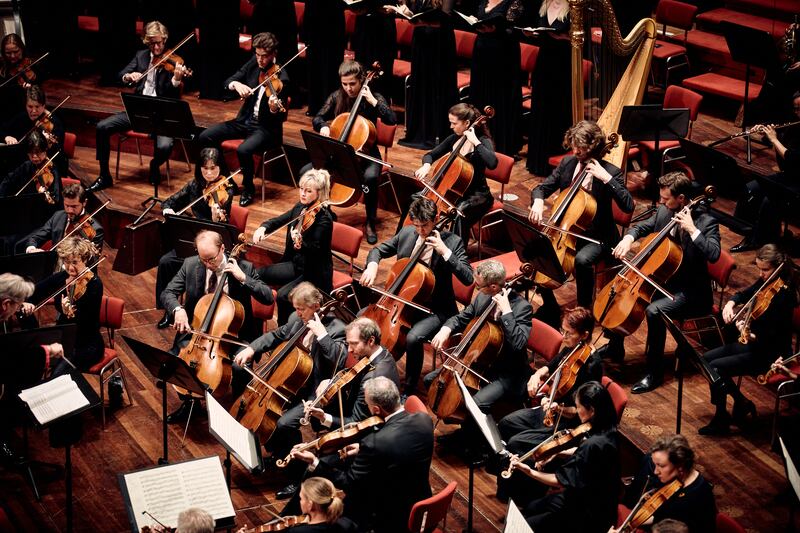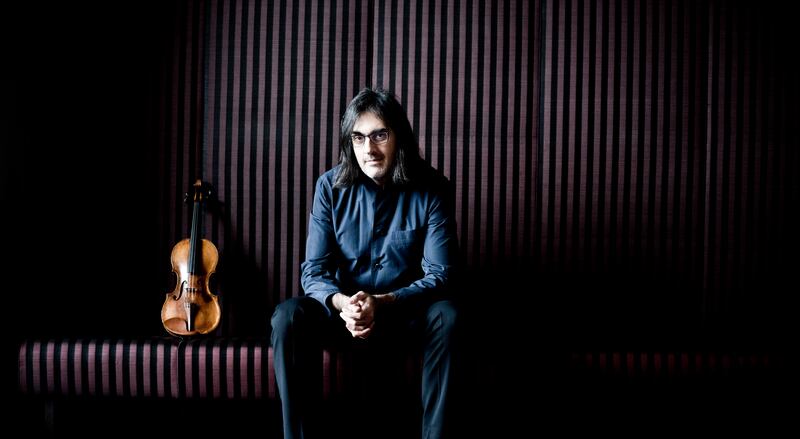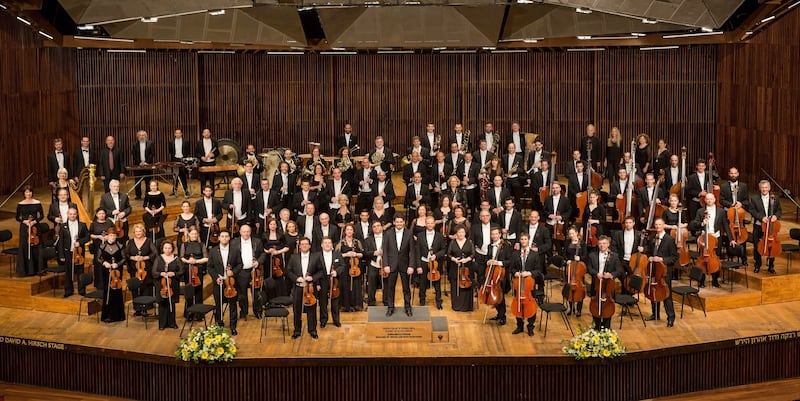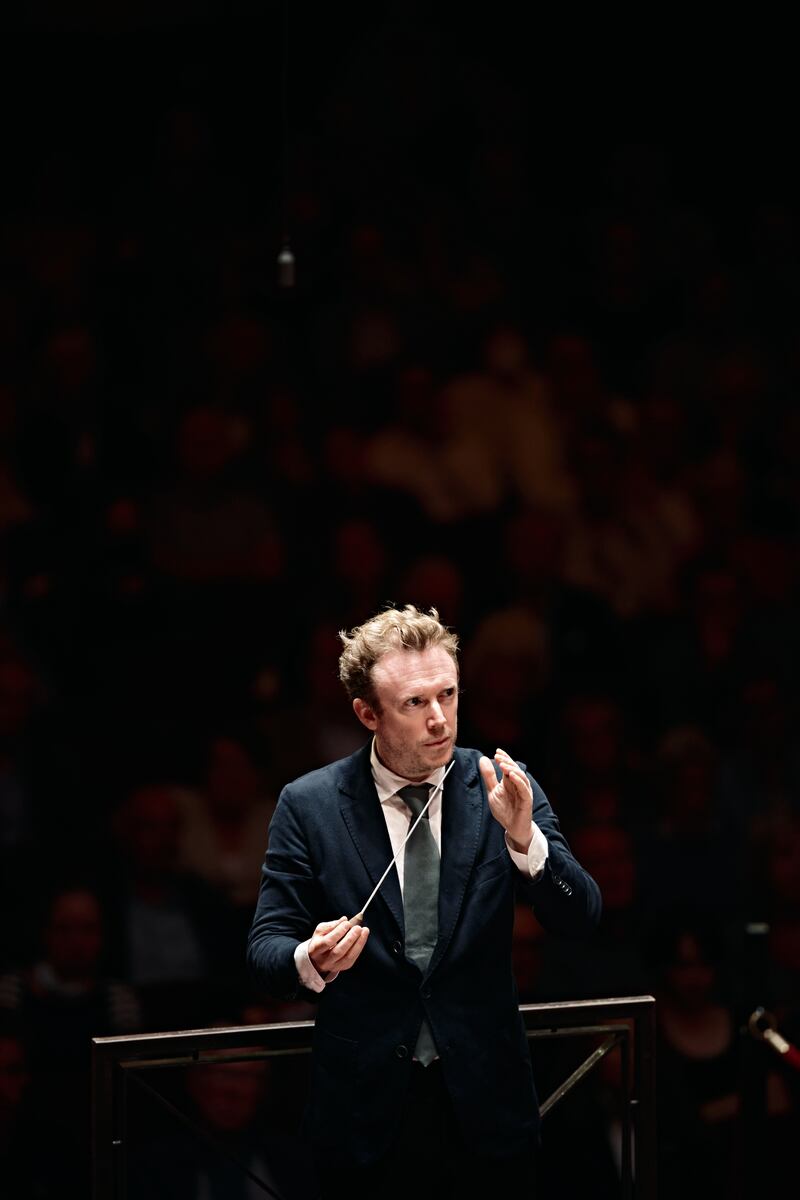Abu Dhabi Classics is set to begin its latest season on an existential note.
In the first of two concerts at Emirates Palace, The Netherlands' celebrated Royal Concertgebouw Orchestra will perform Gustav Mahler’s groundbreaking Symphony No 9 on Wednesday.
Having enjoyed its premiere at the Vienna Festival in 1912, merely a year after the Austro-Bohemian composer's death from heart disease, the stirring work has Mahler coming to terms with his impending demise.
As a result, the symphony is viewed as a farewell letter to the world and is hailed as one the greatest of all time.
"Despite the circumstances, there is also a lot of joy to be found in the music," says Ronald Perlwitz, curator of Abu Dhabi Classics. "The symphony also has a strong and deep message about the joy of living and asks us to seize the moment each day."
To understand the enduring stature, Perlwitz breaks down some of the composition's characteristics and themes.
1. The curse of the ninth symphony
Mahler's superstition towards composing a ninth symphony was no laughing matter. With illustrious composers Ludwig van Beethoven and Franz Schubert dying after composing their ninth major work, Mahler took no chances.
On completion of his eighth symphony, he wrote Das Lied von der Erde, a piece structurally resembling a symphony that he instead labelled an orchestral song cycle.
Elated at beating "the curse of the ninth", Mahler set to work on the real symphony, only to die before its premiere, leaving the piece incomplete.
While the superstition eventually faded from popular thought, Perlwitz said it was a fear shared by composers at the time.
"This was something that was particularly serious to Mahler," he says. "By composing Das Lied von der Erde, which is really a symphony but in a different name, he told his wife that he thought he defeated the curse. As it turned out, that was not the case for him."
2. It was informed by his impending death
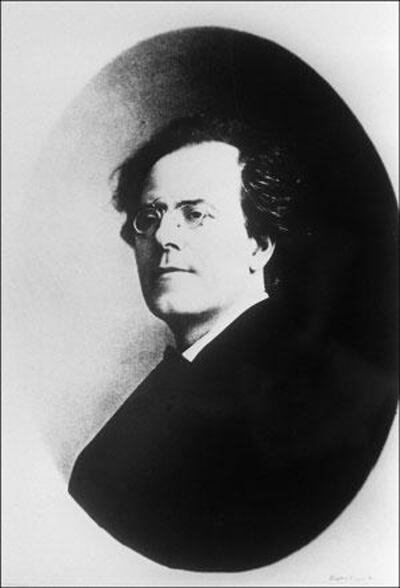
Mahler’s heart problems increased in his latter years.
Symphony No 9 is regarded as his meditation on death and the afterlife — twin issues he also dealt with in his second "Resurrection" symphony first performed in 1895.
However, it is with the ninth, Perlwitz says, that Mahler truly bared his soul.
"It is incredibly moving and full of sentimental longing," he says. "It is like an older man looking back at his youth and what has transpired since then.
"There are a lot of contrasting emotions here, from deep nostalgia to these sections that sound super strong and rough. But the overall feeling here is one that is not dark but nocturnal.
“This is the sound of Mahler coming face to face with his fate and as a result the music is both brave and beautiful.”
3. It is a surreal trip into the past

A highlight, Perlwitz states, is found in the second movement, which Mahler described as "menuetto infinito", meaning a dance that is repeated again and again.
The work takes on a surrealistic quality as he takes listeners on a whirlwind trip of the sounds of his youth.
"We hear the various dances he heard in Austria," Perlwitz says. "The way that he puts them together is incredible because he distorts them and they feel more like fragments.
“What Mahler was doing was taking us inside his mind and we hear the memories of his past.”
4. It is groundbreaking
Until Symphony No 9, long form classical works primarily followed a rigid system.
"Normally they begin with a fast movement, and then it's slow again before picking up the pace again towards the end," Perlwitz explains.
"But with his ninth, Mahler turns it upside down by starting slow, and then super-fast and ending once again in an extremely slow tempo."
This was not a flippant attempt to break with convention, Perlwitz notes. Instead, the new and innovative format served the message Mahler was trying to convey.
“In western culture at that time there was this deeply held belief that there should be unity with the meaning of an artwork and its form,” Perlwitz says.
“Mahler destroys that. There is no unity with this work. What we get instead are glimpses and fragments. By doing so he creates what it must be like to say goodbye from this world.
“Life doesn't end for all of us in a neat way. Instead it can be chaotic and messy at times.”
5. A composition of silence
Symphony No 9, particularly in the fourth and final movement, slows to a crawl.
Perlwitz says it as the summation of Mahler's existential search for the meaning of his own life. "There's a feeling of lightness in the music," he says. "It is that sense of transcendence as Mahler prepares to leave the world. It is simply amazing."
The Royal Concertgebouw Orchestra will play Mahler's Symphony No 9 on Wednesday at Emirates Palace, Abu Dhabi. Showtime is 8pm; tickets starting at Dh75 are available at ticketmaster.ae
Scroll through the gallery below for pictures of the line-up for Abu Dhabi Classics 2022
